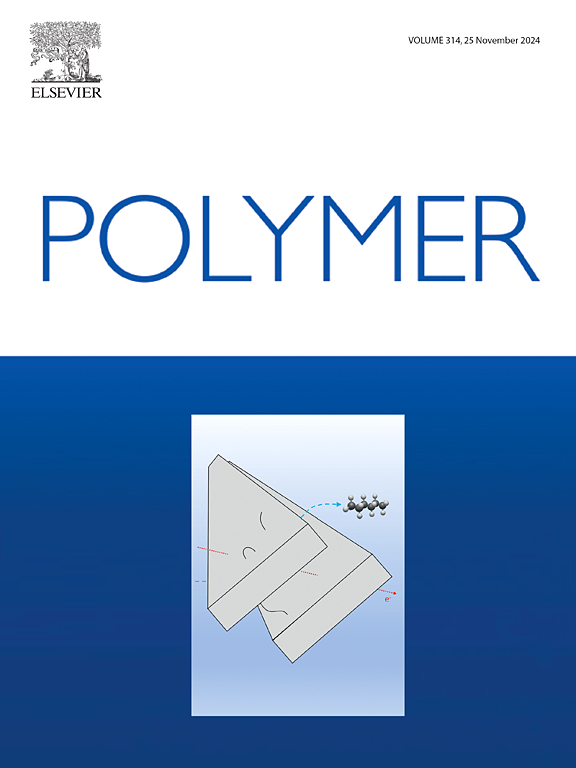Poly(ether ketone nitrile)/Poly(vinylidene fluoride) Separators Reinforced by Li6.5La3Zr1.5Ta0.5O12 for Enhanced Thermal Stability and Safety in Lithium-Ion Batteries
IF 4.1
2区 化学
Q2 POLYMER SCIENCE
引用次数: 0
Abstract
Lithium-ion batteries (LiBs) are becoming more widely utilized for storing clean energy, but the safety and cycle life remain major concerns. This study focuses on developing porous composite films made from poly(ether ketone nitrile) (PENK) and poly(vinylidene fluoride) (PVDF), enhanced with Li6.5La3Zr1.5Ta0.5O12(LLZTO) filler. These films were fabricated using the non-solvent-induced phase separation (NIPS) method to address the insufficient thermal resilience and the inadequate electrolyte wettability of conventional polyolefin separators. The impact of LLZTO content levels on the film’s composition, heat resistance, mechanical characteristics, and electrochemical behavior were systematically assessed. The findings show that incorporating LLZTO significantly improves electrolyte wettability, thermal stability, and cycling performance. Additionally, LLZTO efficiently suppresses lithium dendrite formation, thereby improving battery safety and overall performance. The optimized PENK/PVDF composite films demonstrated superior thermal stability and maintained a high capacity over extended cycles, this makes it a highly promising option for the development of high-performance lithium-ion batteries.

求助全文
约1分钟内获得全文
求助全文
来源期刊

Polymer
化学-高分子科学
CiteScore
7.90
自引率
8.70%
发文量
959
审稿时长
32 days
期刊介绍:
Polymer is an interdisciplinary journal dedicated to publishing innovative and significant advances in Polymer Physics, Chemistry and Technology. We welcome submissions on polymer hybrids, nanocomposites, characterisation and self-assembly. Polymer also publishes work on the technological application of polymers in energy and optoelectronics.
The main scope is covered but not limited to the following core areas:
Polymer Materials
Nanocomposites and hybrid nanomaterials
Polymer blends, films, fibres, networks and porous materials
Physical Characterization
Characterisation, modelling and simulation* of molecular and materials properties in bulk, solution, and thin films
Polymer Engineering
Advanced multiscale processing methods
Polymer Synthesis, Modification and Self-assembly
Including designer polymer architectures, mechanisms and kinetics, and supramolecular polymerization
Technological Applications
Polymers for energy generation and storage
Polymer membranes for separation technology
Polymers for opto- and microelectronics.
 求助内容:
求助内容: 应助结果提醒方式:
应助结果提醒方式:


